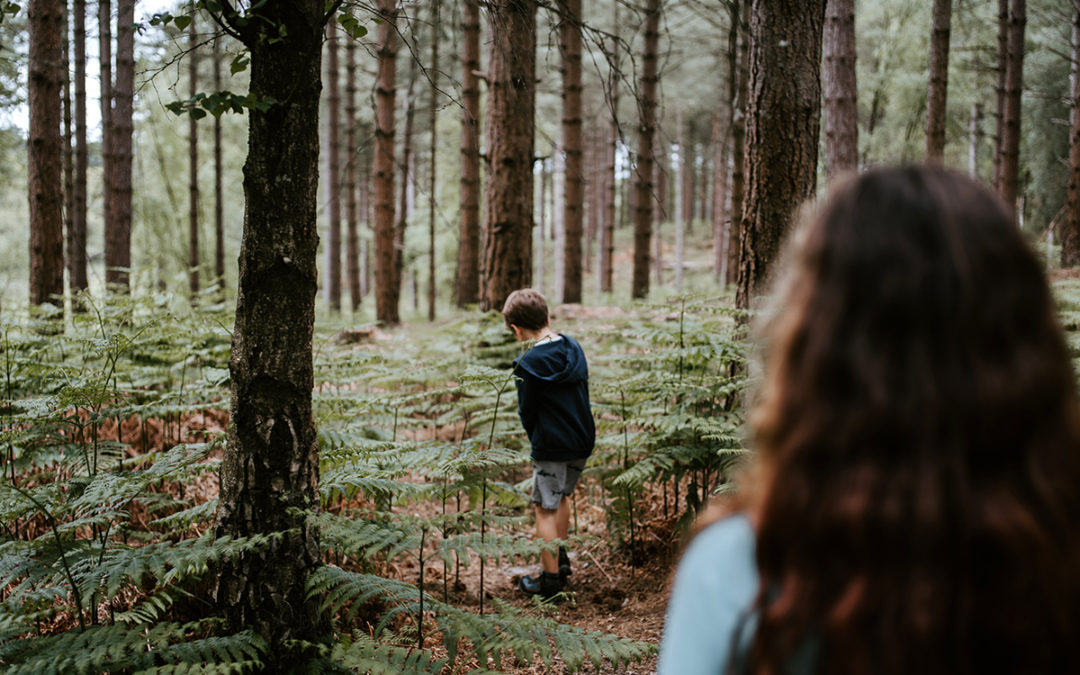Over millions of years of competition and adaptation, nature has produced the ultimate medicine cabinet. Pharmaceutical companies have caught on – bioprospecting to learn how human health can benefit from Mother Nature’s medicines. First time hearing about this? It’s biomimicry in action, and it’s a bigger part of our lives already than you probably realize. As a warming climate increases the presence of infectious diseases and global pandemics, life-saving treatments are in higher demand than ever. Hopefully researchers can find these miraculous natural molecules and sustainably develop drugs before it’s too late. It’s a race against ourselves – humans and the sixth mass extinction of the world’s biodiversity.
As more outbreaks of COVID-19 emerge, it’s only logical to consider the ease of disease transmission between people. We are all global citizens, more closely connected now than ever. The early 2000s SARS epidemics in China shocked the world. The Ebola outbreaks of 2014 were “unprecedented”. The Zika virus rightfully caused widespread panic throughout 2016. Now in 2020 the pandemic is radically changing the lives of 7 billion people. While governments and healthcare institutions struggle under heavy burdens, the coronavirus crisis becomes a strong indicator that we are underprepared for the reality of a warmer future.
There is a proven link between climate change increasing the threat of infectious diseases to people, the crops and animals we rely on, and of course the ecosystems that we so inherently rely on for our regular livelihoods. Land changes push us closer to animals, raising the likelihood of zoonotic diseases jumping from animals to people. A warmer planet enables mosquitos to carry infectious diseases further. Meanwhile, the global temperature keeps rising as greenhouse gas emissions remain above zero.
Yet ironically, and as usual with the grand potential of biomimicry, the solutions might be disappearing just when we need them most. That’s the main concern threatening bioprospecting, or the search for biochemical molecules in plants and animals for modern drugs. Before the forests are cleared or the oceans over polluted, we must take the initiative to pay attention to the biochemical wonders of nature. We need to ask nature the who, what, and how of self-protection, anti-bacterial resistance, and disease prevention.
Bioprospecting has been around for years and is more intertwined in our lives than most realize. The best example is the heart-healthy staple aspirin, adapted from willow tree bark. Ask anybody walking down the street if they know what Clostridium botulinum is and you’ll get blank stares. But even the ‘Real Housewives’ will understand this bacterial neurotoxin protein if you use its common name – Botox.
Mother Nature’s so-called “medicine cabinet” is truly extraordinary in our eyes, but in the scheme of evolution it’s just ordinary. It’s eat or be eaten in the wild. The cat and mouse game of predator and prey has created the world’s largest arsenal of biochemical weaponry. With a simple shift in perspective (and some advanced science), nature’s toxins can be transformed into life-saving treatments. Think of venoms: deadly to the prey of tarantulas, but now a source of hope for young boys suffering from the fatal genetic disease Duchenne Muscular Dystrophy.
For years, scientists have been working with sea squirts and other coral reef creatures for potential cancer treatments. Life underwater holds some of greatest prospective medical applications – like chemicals in dogfish sharks that prevent viral infections or red algae that produces anti-bacterial films without causing resistance.
Rather than saying we can discover nature’s potential applications, it’s really just a willingness to appreciate the power of natural processes driving evolution. Indigenous communities have long practiced biomimicry, using medicinal herbs first learned from watching animal behavior. With the lure of urbanization, most of us have forgotten how we originally healed ourselves.
The best part of bioprospecting is that it’s already being approached in a sustainable way. Once researchers flag an organism with potential, they can isolate molecular compounds for growth in lab or artificial growth materials. Synthetic versions of molecules can usually be developed as well. Biomimetic medicine, done responsibly, minimally disrupts natural ecosystems.
Finding yourself eager to get outside of the isolation bubble? Try reconnecting with nature. Coronavirus has put a pause on business as usual, showing us that we can make the necessary changes in behavior to reduce the human environmental impact. The carbon footprint of 2020 might just be lower than any year in recent history. Nitrogen dioxide, a notorious pollutant of cars and industry production, had suddenly cleared up from bodies of water and the air. The Environmental damage of human activities, so often the externality of the global economy, is more visible now than ever. Will this give a chance for the rainforests, coral reefs, and other hotspots of biodiversity to offer the next ‘miracle drug’?
At a time when venturing outside to get supplies is high risk, we are forced to think about personal consumption. Panic buying is not so unlike how we are degrading the ecosystems so important to a healthy, functioning society. Hopefully, people will come out of quarantine 1) thanking the physicians, healthcare providers, and scientists working to prevent, treat, and find new cures for infectious diseases; and 2) be more conscious of their environmental footprints. Human health is planetary health. We have much to learn from nature. To better protect ourselves, we should show more care in protecting the Earth.
 Isabelle Seckler is a first-year student at Columbia University in New York City. She intends to study sustainable development along with a pre-medical track with the hopes of advancing community prosperity at the intersection of our built and natural environments.
Isabelle Seckler is a first-year student at Columbia University in New York City. She intends to study sustainable development along with a pre-medical track with the hopes of advancing community prosperity at the intersection of our built and natural environments.
Twitter: @IzzySeckler | Instagram: @isabelle.seckler | Facebook: Isabelle (Izzy Seckler)

